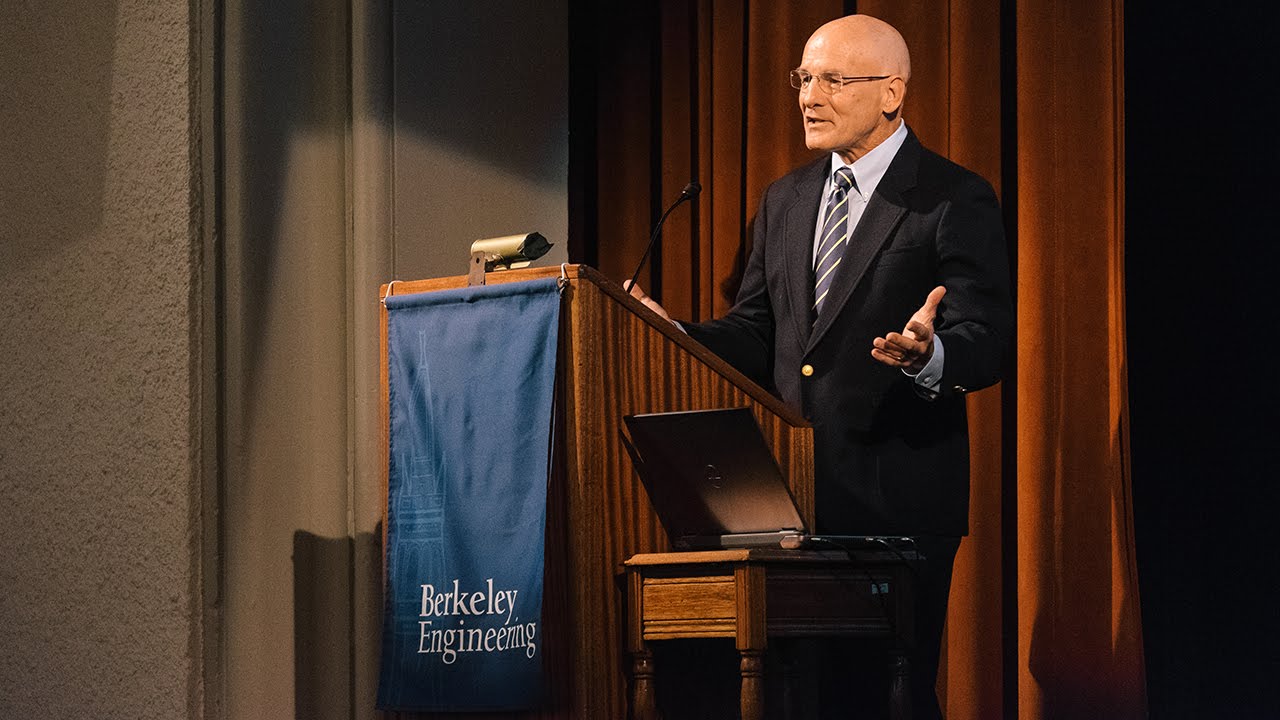American computer Pioneer, David Andrew Patterson, was a professor of computer science at the University of California. He is best known for his operating systems, central processing units, and programming languages.
Personal Life and Education
David Patterson was born on 16th November 1947 at Evergreen Park, Illinois, in the United States. From South High School in Torrance, he did graduation. He was the first person in his family who did graduation. Degrees awarded to him were Bachelor of Arts in Mathematics in 1969, Master in Computer Science (1970), and Ph.D. in 1976 from California University at Los Angeles. His thesis was the Verification of Microprograms.
David married his childhood sweetheart, Linda, his high schoolmate. She is the founder of East Bay IMpRoV. They had two sons.
David likes soccer, mountain biking, body surfing, and weight lifting in his spare time. He used to talk about his hobbies, his work, and his team in his lectures. He always convinced the students to teamwork.

David was the top fundraiser from 2006 to 2012. Turing Award laureate David Patterson retired in 2016. He served for 40 years. At Google, he was a remarkable Software Engineer.
Research and Investigation
David’s main areas of investigation are as under:
- Parallel computing
- Computer architecture
- Distributed computing
- Workload
- Embedded system
Contributions to the World
- David coined the term RISC (R reduced instruction set computer) by leading the project.
- He is famous for research on redundant arrays of inexpensive disks (RAID) storage.
- Books written by David on computer architecture are extensively used in computer science education.
- The Greatest Jewish Stories.
- Article – the case for Reduced Instruction Set Computer.
- Article – the case for Redundant Arrays of Inexpensive Disks.
- Article – the design of XPRS
- Article – the case for Networks of Workstations
Contributions in the Field of the Internet
- Computer security
- Systems design
- Server
- Real-time computing
- Software deployment
- Elasticity and information technology
- Storage area network
- Workstation
David’s work dealt with software engineering. Themes like benchmarking, Data Science, and Big data intersect with software where he had focussed.
In his computer hardware research, David mostly incorporated elements of Array data structure, Multi-core processor, and Cache.
Awards and Honors
David Andrew Patterson received 35 awards for his research, teachings, and services. He also received Fellowships. Some of them are listed below:
- In 2006 and 2007, David received Fellowship from AAAS- American Association for the Advancement of Science and the American Academy of Arts and Sciences.
- In 2006, he became a member of the National Academy of Sciences and a member of the National Academy of Technology.
Final Words
The outstanding work of David Patterson is a boon to the modern world. 99% of all new chips use RISC architecture since 2018. His systematic and quantitative approach to the evaluation and design of computer architectures had an everlasting impact on the microprocessor industry. Computer engineers and computer scientists of today, who are adopting and developing their ideas, read his books.
Bill Gates, the founder of Microsoft Corporation, has truly said while announcing the Turing Award that the contribution of Patterson had proved to be a fundamental foundation that flourished the entire industry.
The post David Patterson Biography appeared first on The Crazy Programmer.
from The Crazy Programmer https://ift.tt/1u23SFE
Comments
Post a Comment